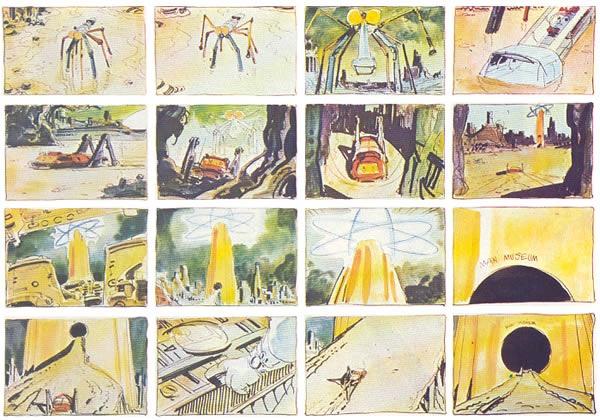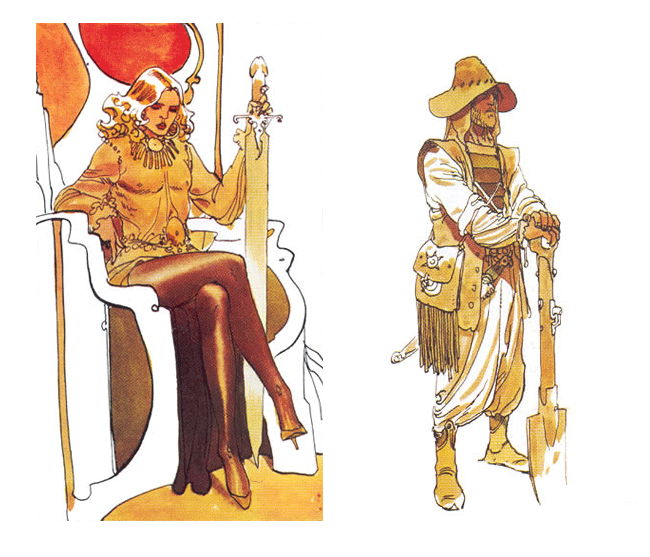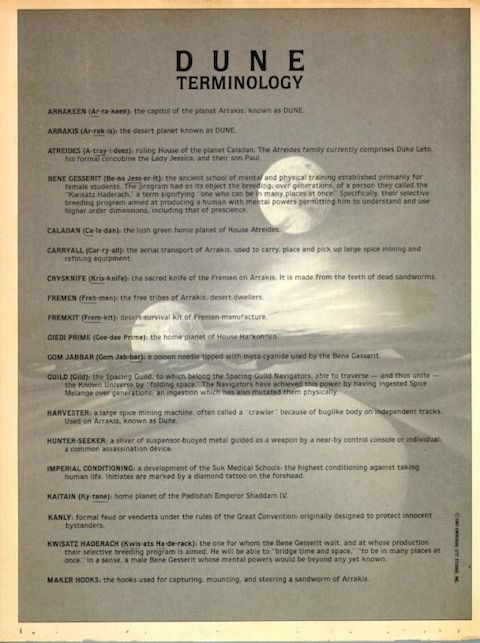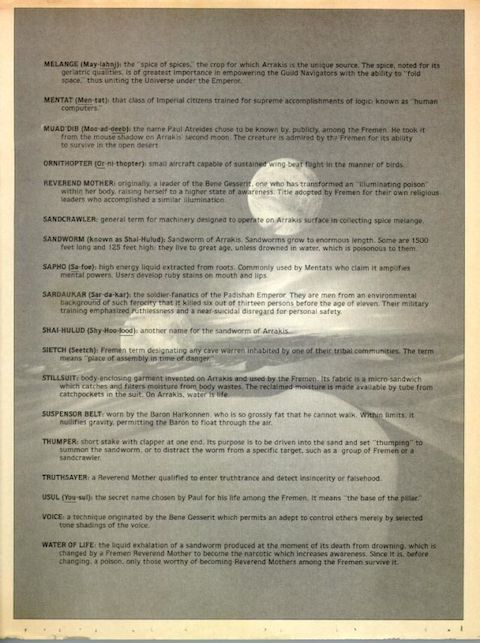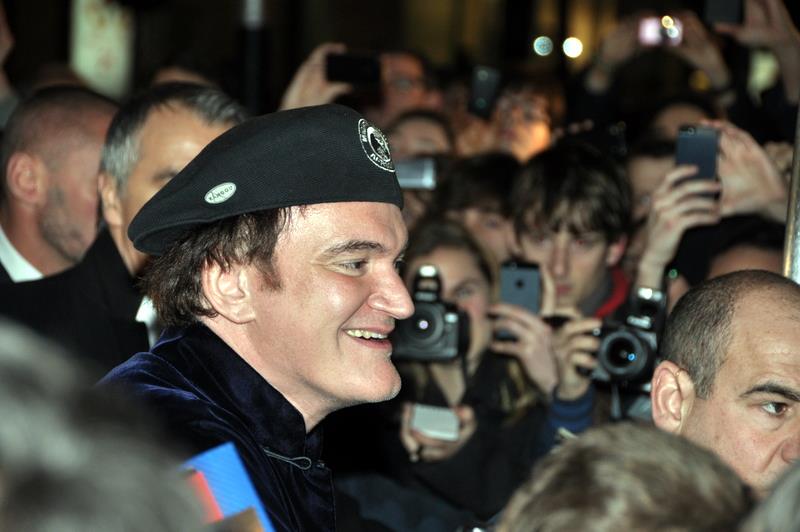There’s something about cinematic masterpieces that were never made that tantalize the imagination of film geeks everywhere. What would the world look like if Alejandro Jodorowsky actually managed to make his version of Dune, complete with Pink Floyd score and Moebius designed sets? How would have Stanley Kubrick’s career evolved if he got Napoleon to the screen? And would a collaboration between David Lynch and Dennis Potter, which almost happened with The White Hotel, be as completely amazing as I imagine?
Of all these ill-fated projects, the one that perhaps casts the biggest shadow over cinema is Orson Welles’s attempt to adapt Joseph Conrad’s Heart of Darkness. (Find Conrad’s original text in our collection of Free Audio Books and Free eBooks.) In 1939, Welles went to Hollywood, looking to conquer film in the same way that he conquered radio and the stage. By that time, he was already famous for his trailblazing Broadway production of Julius Caesar, his popular Mercury Theater radio program and for scaring the living crap out of the nation with his notorious version of The War of the Worlds. So he presented RKO studio with an audacious, grandiose 174-page script for Heart of Darkness but, after a couple months of wrangling, it proved to be just too audacious and grandiose for the execs. So then Welles pitched them Citizen Kane. That’s right, the film that would go down as the greatest film of all time was a plan B.
If you look at Welles’s script for Darkness, you can see why Hollywood might have thought twice about the project. Welles, who at that point hadn’t actually made a movie, was proposing to radically shake up the grammar of Hollywood storytelling. For instance, the movie was to be shot in the first person, where what the book’s protagonist/narrator Marlow sees is what the audience sees. Robert Montgomery tried the same gimmick a few years later in the adaptation of Raymond Chandler’s Lady in the Lake with mixed results.
Hollywood’s perennial nervousness about movies with overt political overtones is another reason why the movie got scotched. As with his modern reworking of Julius Caesar (find it here), Welles took a strong stance against the rise of fascism in Europe. “You feel that if this film had been made, Hollywood might have been a different place,” said artist Fiona Banner in an interview with The Daily Telegraph. In 2012, she staged the first ever public reading of the script starring actor Brian Cox. “When [Welles] started writing it, fascism wasn’t such a big story in Hollywood, but by the time he finished it, in 1939, it must have been something of a hot potato. That was probably the main reason it didn’t get made. The more I’ve looked into it, the more I’ve realised how close he is to the stuff in Europe, and not just in the obvious ways of giving all these company men that Marlow meets German names. It’s central to the tale.”
Conrad’s story clearly fascinated Welles. As you can see above, he adapted the novella for his radio show in 1938. His producing partner, and legendary actor in his own right, John Houseman speculated why the director was so taken with Darkness.
We had done this Conrad story with only moderate success on the Mercury Theatre of the Air, and while it was a wonderful title, I never quite understood why Orson had chosen such a diffuse and difficult subject for his first film. I think, in part, he was attracted by the sense of corroding evil, the slow, pervasive deterioration through which the dark continent destroys its conqueror and exploiter—Western Man in the person of Kurtz. But, mainly, as we discussed it, I found that he was excited by the device—not an entirely original one—of the Camera Eye. Like many of Orson’s creative notions, it revolved around himself in the double role of director and actor. As Marlow, Conrad’s narrator and moral representative, invisible but ever-present, Orson would have a chance to convey the mysterious currents that run under the surface of the narrative; as Kurtz, he would be playing the character about whom, as narrator, he was weaving this web of conjecture and mystery.
Years later, Welles summed up why Heart of Darkness never got made in an interview with Barbara Leaming. “I wanted my kind of control. They didn’t understand that. There was no quarrelling. It was just two different points of view, absolutely opposite each other. Mine was taken to be ignorance, and I read their position as established dumbheadedness.”
Related Content:
Listen to Eight Interviews of Orson Welles by Filmmaker Peter Bogdanovich (1969–1972)
Watch Orson Welles’ The Stranger Free Online, Where 1940s Film Noir Meets Real Horrors of WWII
The Hearts of Age: Orson Welles’ Surrealist First Film (1934)
Orson Welles Explains Why Ignorance Was His Major “Gift” to Citizen Kane
Jonathan Crow is a Los Angeles-based writer and filmmaker whose work has appeared in Yahoo!, The Hollywood Reporter, and other publications. You can follow him at @jonccrow. And check out his blog Veeptopus, featuring one new drawing of a vice president with an octopus on his head daily.

